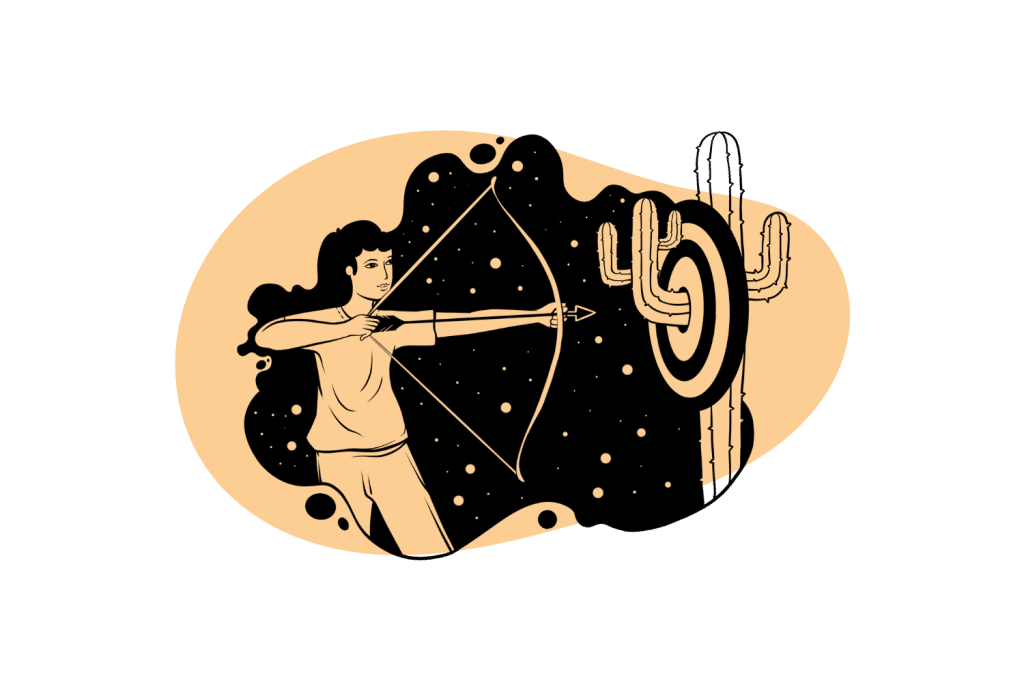The Importance of Setting Intentions When Microdosing .Peyote is considered sacred to the indigenous groups that use it (mostly around the Southern US and Mexico). This plant has meant a great deal to them and their ancestors for thousands of years.
Peyote is typically used in ceremonies for healing — physical, mental, and spiritual.

It’s important to keep that sacred nature in mind when consuming peyote or any other form of mescaline. This is a substantial substance with profound qualities.
To that end, as we will soon discuss, there is an abundance of reasons why people microdose mescaline. Regardless of the purpose, it’s important to approach the microdose experience with the same sense of holiness you’d attempt a macrodose.
The mindset behind a psychedelic experience is as vital for microdosing as for large-dose ceremonies.
Mescaline vs. LSD vs. Psilocybin: Microdoses
Mescaline is distinct from other classical psychedelics in its chemical structure, but its effects are almost identical.
Compared to LSD and psilocybin, mescaline is slightly more energizing and has a more “grounding” nature.
That said, each person has a different physiological makeup, and psychedelics can affect each person in unique ways.
The meaning is “in the eye of the beholder,” and different people will have different outcomes from different drugs.
Mescaline 101: Effects, Mechanism of Action, & Risks
Mescaline (3,4,5-trimethoxyphenethylamine) was the first psychedelic compound scientists isolated — this happened back in 1896 [1].
It was isolated from a species of cactus (peyote) found growing in the Southern United States and Mexico. This cactus has been used for ceremonial purposes by the Native Americans for centuries and is considered sacred.
There are other sources of mescaline — such as the San Pedro cactus and Peruvian torch cactus — both of which grow further south in Central and South America.
Mescaline is available as a pure, isolated (synthetic) powder.
The effects of mescaline bear a striking resemblance to other classical psychedelics, including LSD, psilocybin, and DMT. However, mescaline is unique because it’s classified as a phenethylamine rather than a tryptamine like these other compounds.